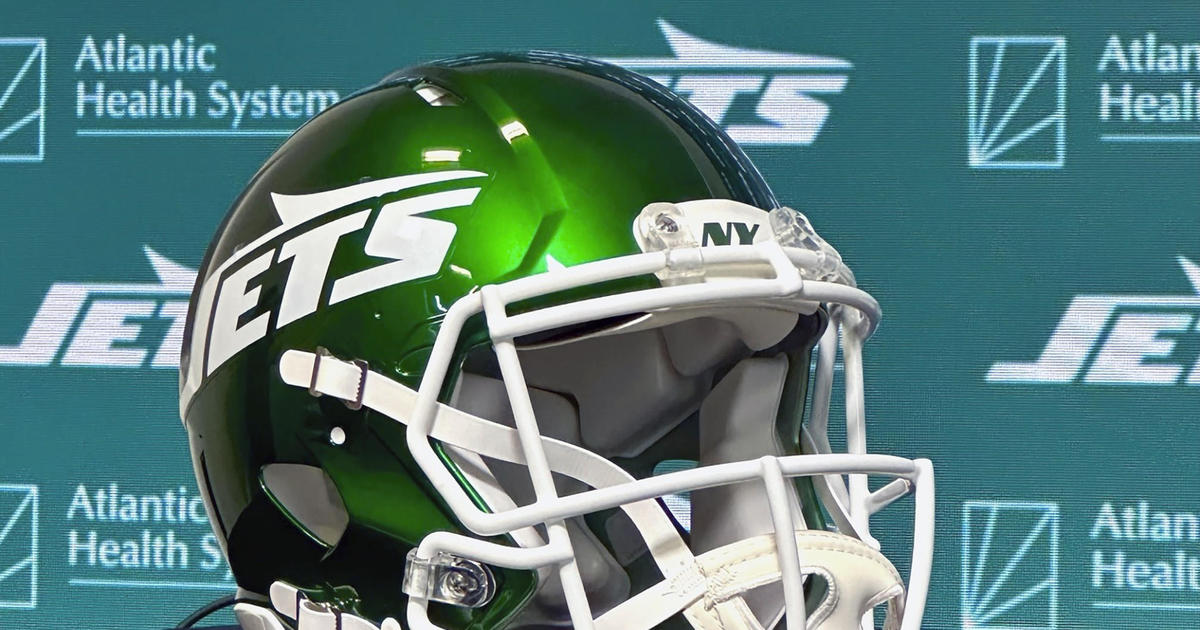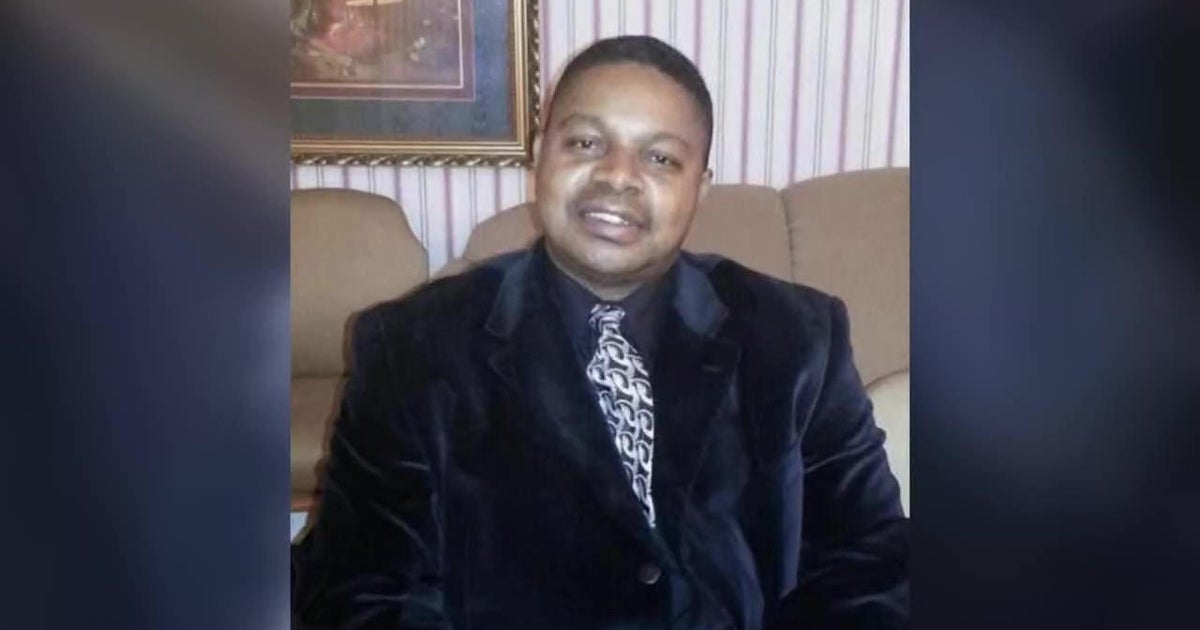Kallas Remarks: Can They Settle?
By Steve Kallas
» More Columns
Much has been written and talked about in the last few weeks about whether the Madoff trustee, Irving Picard, and the group of Wilpon/Katz defendants can actually settle the lawsuit filed by the trustee that seeks about $1 billion in damages.
Using the six-year look back period involved in bankruptcies in New York, the following will try to lay out the parameters for a possible settlement. While this writer believes that former Governor Mario Cuomo might be the one person who can craft a settlement, it says here that this will be a very difficult case to settle (if, on the one hand, the Wilpon/Katz group feels that they've done nothing wrong and that they owe zero and, on the other hand, the trustee really thinks that the Wilpon/Katz group should have known about the fraud and owes a BILLION dollars, well, that's a tough argument to mediate). Again, if anybody can do it, it's Mario Cuomo.
WHAT THE COMPLAINT SEEKS, AS BEST AS CAN BE DETERMINED
Paragraph 42 of the Complaint (page 14), sets forth the amounts that the Complaint seeks to avoid and recover from the Wilpon/Katz group (called "Sterling" in the Complaint):
1) " $295,465,565 in fraudulent transfers of Fictitious Profits";
2) "additional fraudulent transfers of principal in an amount subject to discovery and proof at trial";
3) "$14,191,667 in transfers withdrawn during the 90-day Preference period"; and
4) "$12,031,257 in fraudulent transfers of payments made by Madoff, his wife Ruth Madoff and/or Peter Madoff to certain Sterling entities using BLMIS [Bernard L. Madoff Investment Securities] Customer Property, i.e. other people's money."
This becomes a $1 billion dollar case because it is estimated that the principal amount in 2) above is about $700 million.
LET'S LOOK AT EACH PART (ROUNDING OFF), LOOKING AT 2) LAST
1) The $295,000,000 is apparently all of the Fictitious Profits taken out by the Wilpon/Katz group dating back to the 1980s. A very difficult thing to recover. But, the numbers for the six-year bankruptcy look back window are about $163,000,000 (that is, from about December 11, 2002 until December 11, 2008 (the filing date of the bankruptcy), the Wilpon/Katz group withdrew $163,000,000 in fictitious profits). Prior to the six-year period, the Wilpon/Katz group withdrew about $132,000,000 in fictitious profits (for the total of $295,000,000). While there are numerous factual and legal issues here (net winners v. net losers, are the numbers correct, are these really "fictitious profits," etc., etc., etc.), it says here that a fair way to mediate this dispute would be to suggest that the Katz/Wilpon group would owe the $163,000,000 (i.e., the six-year number) back to the estate.
2) The $14,000,000 in preferential transfers is an item that the Wilpon/Katz group will have a hard time defending against. Virtually everybody who receives money within 90 days of a bankruptcy can (and usually will) be sued for that amount. While they then can come in and raise certain defenses, it's much harder to win (from the Wilpon/Katz perspective) when, as here, there was a Ponzi scheme going on (whether any defendant knew about it or not). It says here that a fair way to mediate this dispute would be to give the entire $14,000,000 back to the estate.
3) The $12,000,000 that the Madoff family apparently invested with Sterling investments is probably the easiest to deal with. Defenses, if any, that the Wilpon/Katz defendants may have to this claim would be better off left unsaid (imagine the negative publicity if, rightly or wrongly, the Wilpon/Katz defendants try to keep the monies they received from the Madoff family – a nightmare for sure). Plus, on the overall scheme of things (i.e., a billion dollars), the $12 million is a relatively small amount.
4) The biggest hurdle, of course, will be the approximately $700,000,000 in principal that the trustee is looking for from the Wilpon/Katz group (also a very difficult thing to recover). Considered by many (including this writer) to be a reach (nobody really thinks that Fred Wilpon or Saul Katz actually knew about this fraud), the theory goes that the defendants "should have known" about the fraud. A fascinating question (what each side thinks the answer is could be the biggest stumbling block to a settlement). The "should have known" standard can and (if no settlement is reached) will be litigated to the moon both factually and legally. Were the "red flags" enough? Should Fred Wilpon and Saul Katz, two sophisticated investors, have known? If so, what should they have known? That Madoff was running a Ponzi scheme? That seems like a stretch, doesn't it? Did the Wilpon/Katz group act in good faith? Did they stick their collective heads in the sand? Can't smart people be duped, especially by the greatest scam artist in the history of the world? And here's an interesting question: While Wilpon/Katz are essentially being penalized because they were long-time friends of Madoff, wouldn't you be LESS likely to listen to the warnings of others when you've been friends for 35 years with the guy being bad-mouthed? Realistically, wouldn't you be more likely to listen to warnings about someone who you don't know well as opposed to someone you have been friendly with for 35 years? And, finally, if the SEC had no clue, indeed had cleared Madoff of any fraudulent activity, how exactly are Wilpon/Katz supposed to have known? Aren't they allowed, legally, to rely on the monthly statements that they received from a firm run by a (perceived) pillar of the community who had been chairman of the NASDAQ exchange for three terms?
Obviously, there's a lot here.
SO, HOW DOES ONE COME UP WITH A FINAL NUMBER?
Well, 163 +14+12=$189 million dollars. But it says here that there has to be an additional number for the $700,000,000 claim. On the one hand, the Wilpon/Katz group will say that number should be zero. On the other hand, the trustee will say that number should be around $700,000,000. Still, obviously, very far apart. When (if?) Fred Wilpon is told that there is a decent chance that he might owe the $189,000,000 (or something close to it) discussed above (no matter what he knew or didn't know), will he dig in his heels, say we owe nothing and fight to the bitter end? Does the trustee want to fight this case to the bitter end, knowing that this litigation would go on for a very long time with the possibility that he will only be able to recover somewhere up to the $189,000,000 (maybe less), something he might be able to get now in a settlement?
This is the problematic number. For purposes of this proposed settlement, let's add another $50,000,000 to the number for a total of $239,000,000. When push comes to shove, this might be fair for all of the parties concerned. While, at first blush, Fred Wilpon/Saul Katz will be outraged at the size of the number, maybe it can be explained to them that they will probably owe a big number (in the $189,000,000 range) if they go the distance but, if they settle, they won't risk a near $1 billion dollar judgment. The trustee, who has already recovered about $10 billion dollars (i.e., much more than a normal trustee in bankruptcy, percentage-wise and dollar-wise), might be willing to avoid a long and contentious litigation for a $50,000,000 bump on top of everything else the estate might be owed.
Of course, the trustee might want an additional $100,000,000 or $200,000,000 on top of everything else (rather than $50,000,000) to settle the case. But it seems that, if the Wilpon/Katz group is willing to sell 25% or so of the New York Mets for somewhere in the neighborhood of $200-$225 million (assuming they can get such a buyer), maybe that's the area of a possibility of a settlement.
If Fred Wilpon and Saul Katz really think that they owe zero and are willing to fight to prove it, it's unlikely that they will settle. If the trustee really believes that the Wilpon/Katz group should have known about the fraud and, thus, owes the estate $700 million to a $1 billion dollars, it's unlikely that they will settle. The $239,000,000 number is just that – a number.
But it says here that the neighborhood of this number is one where an actual settlement could (possibly) take place.
We'll see what happens.
Thoughts? Post them below.




